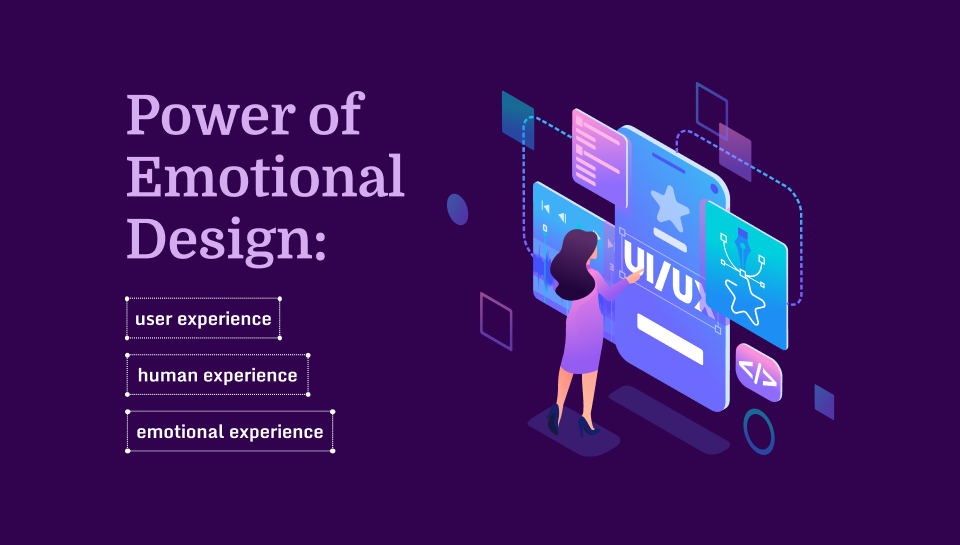
The Power of Emotional Design: Why do we care about UX more than UI?
Is it looking good enough? Not really. While aesthetics are important, things are designed to be used by humans. And humans are complex. Understanding human behavior and cognition is challenging because our minds operate on both conscious and subconscious levels.
The study of the mind spans several disciplines, including behavioral science, cognitive science, neuroscience, philosophy, and information science. Despite advancements in these fields, the human mind remains mysterious. One of the most significant distinctions in understanding behavior is between conscious and subconscious processes.
Most of our actions are subconscious, occurring beneath our awareness. These are known as reflective responses—automatic reactions to stimuli. For example, an error message appears when a user enters incorrect login details. This prompt is not part of the main task flow but is essential in guiding the user to correct their input. Without this feedback, users might feel lost, frustrated or assume the system is malfunctioning.
The Connection Between Cognition and Emotion
Are all human thoughts conscious? No. A common misconception is that thoughts and emotions are separate. In reality, cognition (thinking) leads to emotion, and emotion drives cognitive actions. Every action carries an expectation, and expectations are emotional.
Cognition helps us make sense of the world, while emotion adds value to our experiences. Imagine using an app that provides a seamless experience with clear feedback and delightful interactions—it makes you feel good. But if an app is visually appealing yet difficult to use, frustration takes over, and no amount of aesthetic design can fix that negative experience.
Designing for Subconscious Human Behavior
Humans often don’t know what they are about to do, say, or think until after they have done it. This is why UX design must account for intuitive interactions—designing experiences that align with natural human behaviors.
Imagine you’re watching a YouTube video but accidentally close the app. When you reopen it, the video resumes from where you left off instead of starting over.
This small UX detail recognizes that users might not always intend to close the app and gently brings them back to their last action, making the experience smooth and frustration-free.
Why UX Matters More Than UI
While UI focuses on making interfaces visually appealing, UX ensures that those interfaces are useful, intuitive, and emotionally satisfying. A beautifully designed app with poor UX frustrates users, while a well-designed experience with a simple UI can still create a strong emotional connection.
A successful design understands both the cognitive and emotional aspects of human behavior. When we design for emotions, we create experiences that delight, engage, and retain users.




